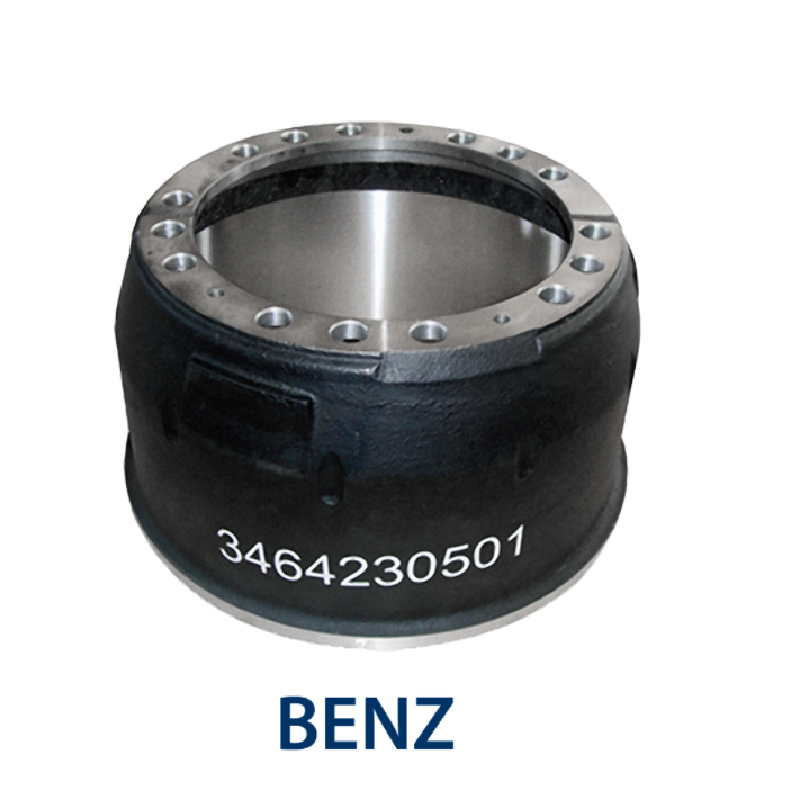2 月 . 15, 2025 20:46 Back to list
how to remove a frozen brake drum
Removing a frozen brake drum can be a daunting task for both seasoned mechanics and DIY enthusiasts, yet it's an essential skill for vehicle maintenance. Properly dealing with this common automotive issue not only ensures safety but also extends the lifespan of your vehicle’s braking system. This guide will delve into a foolproof approach, incorporating professional expertise, safety measures, and practical tips for successful brake drum removal.
With tools in hand and penetrating oil applied, attempt to remove the drum using a pragmatic and methodical approach. First, gently tap the face of the drum with the dead blow hammer in a circular motion. This action, while appearing simple, helps to break the rust's grip by creating vibrations. Avoid striking too hard, which could damage the drum. If this gentle method is ineffective, transition to more authoritative methods. Insert a screwdriver or pry bar between the drum and the back plate, carefully avoiding the brake components. Pry gently at first, increasing force gradually if needed. The objective is to create a small gap, allowing rust or debris to dislodge. If resistance remains, consider employing a brake drum puller. This tool, when used correctly, applies uniform pressure for drum removal, allowing a stuck drum to free itself without brute force. Upon successful removal of the brake drum, allocate time to inspect brake components meticulously. Check for signs of wear, damage, or rust on brake shoes, springs, and the wheel cylinder. Replace any questionable parts to prevent future problems. Cleaning the exposed area with a brake cleaner can eliminate residual contaminants and prepare the assembly for reinstallation. Essentially, the effectiveness of removing a frozen brake drum lies in proper preparation, the use of appropriate tools, and careful inspection of brake components. Mechanics recommend routine checks and maintenance to minimize the occurrence of frozen brake drums, especially in areas with high humidity or where road salt is prevalent. By integrating these practices, not only do you master a critical automotive skill, but you also enhance vehicle safety and reliability. Trustworthiness and credibility in automotive care are built on continuous learning and adaptation. Whether you are a professional mechanic or a DIY enthusiast, incorporating these techniques aligns your standards with industry best practices. Stay informed with the latest tools and methodologies to continually improve your proficiency in dealing with frozen brake drums.


With tools in hand and penetrating oil applied, attempt to remove the drum using a pragmatic and methodical approach. First, gently tap the face of the drum with the dead blow hammer in a circular motion. This action, while appearing simple, helps to break the rust's grip by creating vibrations. Avoid striking too hard, which could damage the drum. If this gentle method is ineffective, transition to more authoritative methods. Insert a screwdriver or pry bar between the drum and the back plate, carefully avoiding the brake components. Pry gently at first, increasing force gradually if needed. The objective is to create a small gap, allowing rust or debris to dislodge. If resistance remains, consider employing a brake drum puller. This tool, when used correctly, applies uniform pressure for drum removal, allowing a stuck drum to free itself without brute force. Upon successful removal of the brake drum, allocate time to inspect brake components meticulously. Check for signs of wear, damage, or rust on brake shoes, springs, and the wheel cylinder. Replace any questionable parts to prevent future problems. Cleaning the exposed area with a brake cleaner can eliminate residual contaminants and prepare the assembly for reinstallation. Essentially, the effectiveness of removing a frozen brake drum lies in proper preparation, the use of appropriate tools, and careful inspection of brake components. Mechanics recommend routine checks and maintenance to minimize the occurrence of frozen brake drums, especially in areas with high humidity or where road salt is prevalent. By integrating these practices, not only do you master a critical automotive skill, but you also enhance vehicle safety and reliability. Trustworthiness and credibility in automotive care are built on continuous learning and adaptation. Whether you are a professional mechanic or a DIY enthusiast, incorporating these techniques aligns your standards with industry best practices. Stay informed with the latest tools and methodologies to continually improve your proficiency in dealing with frozen brake drums.
Latest news
-
Brake Drum for Kamaz Trucks Durable OEM Replacement & High Performance
NewsMay.30,2025
-
Brake Drum Man High-Quality Drum Brake & Shoe Solutions
NewsMay.30,2025
-
High-Performance Brake Drum for Kamaz Trucks Durable Drum Brake Components
NewsMay.29,2025
-
Brake Drum Man High-Quality Drum Brake Drums & Brake Shoes
NewsMay.29,2025
-
Brake Drum MAZ High-Performance & Durable Replacement Parts
NewsMay.29,2025
-
heavy truck brake drums
NewsMar.07,2025
